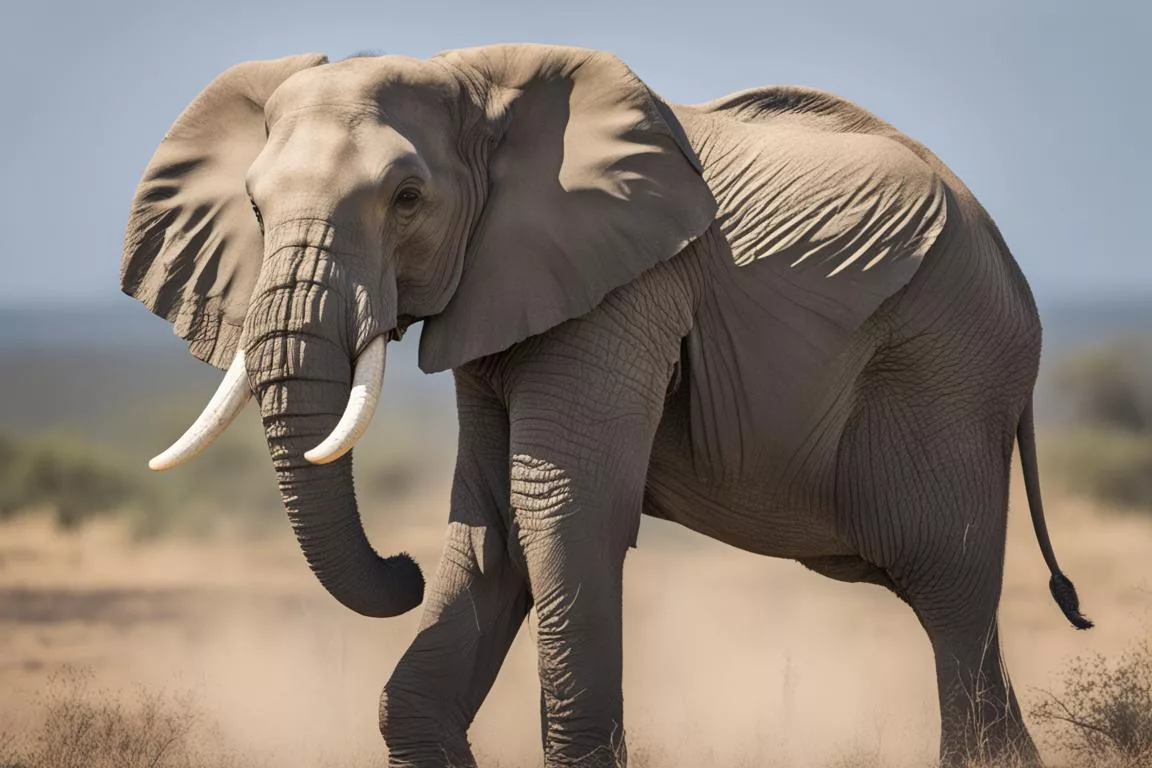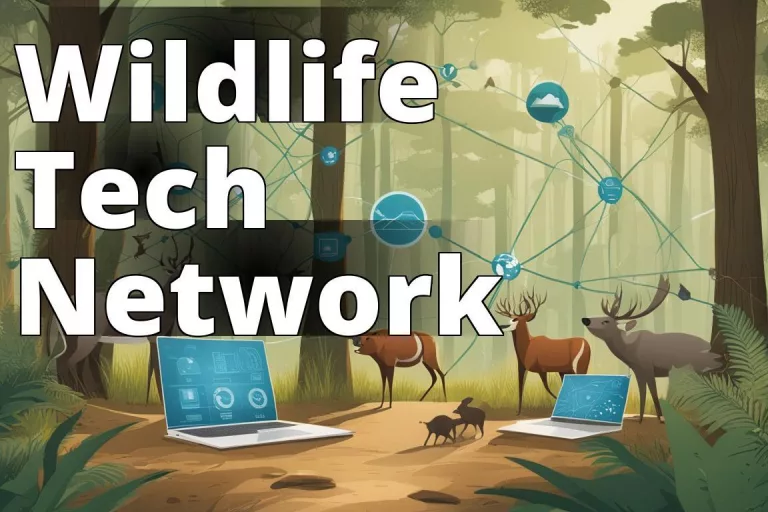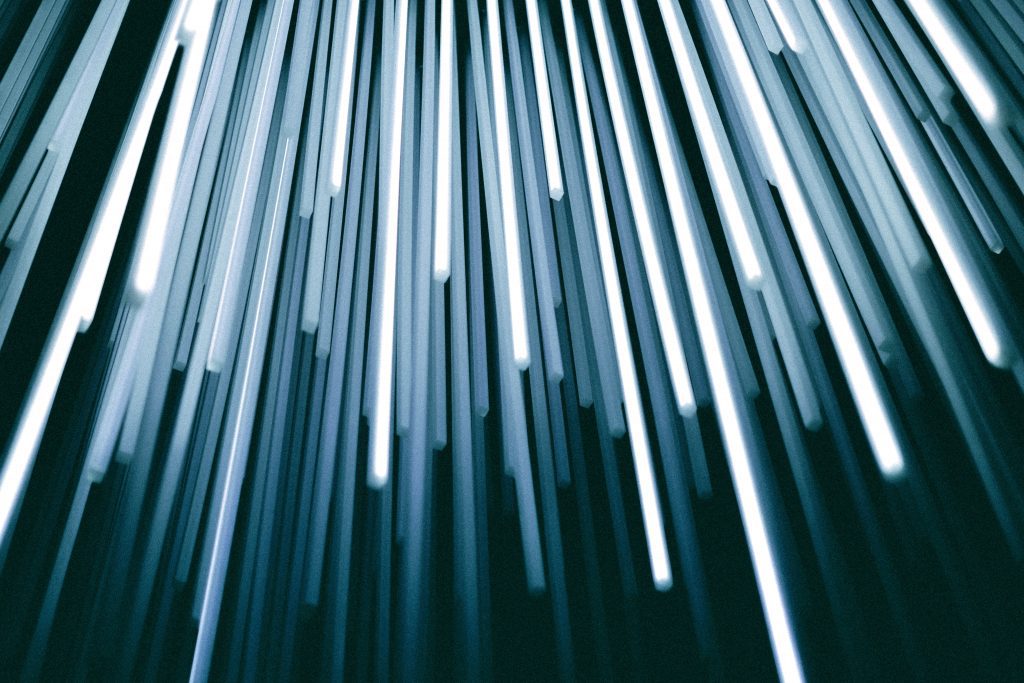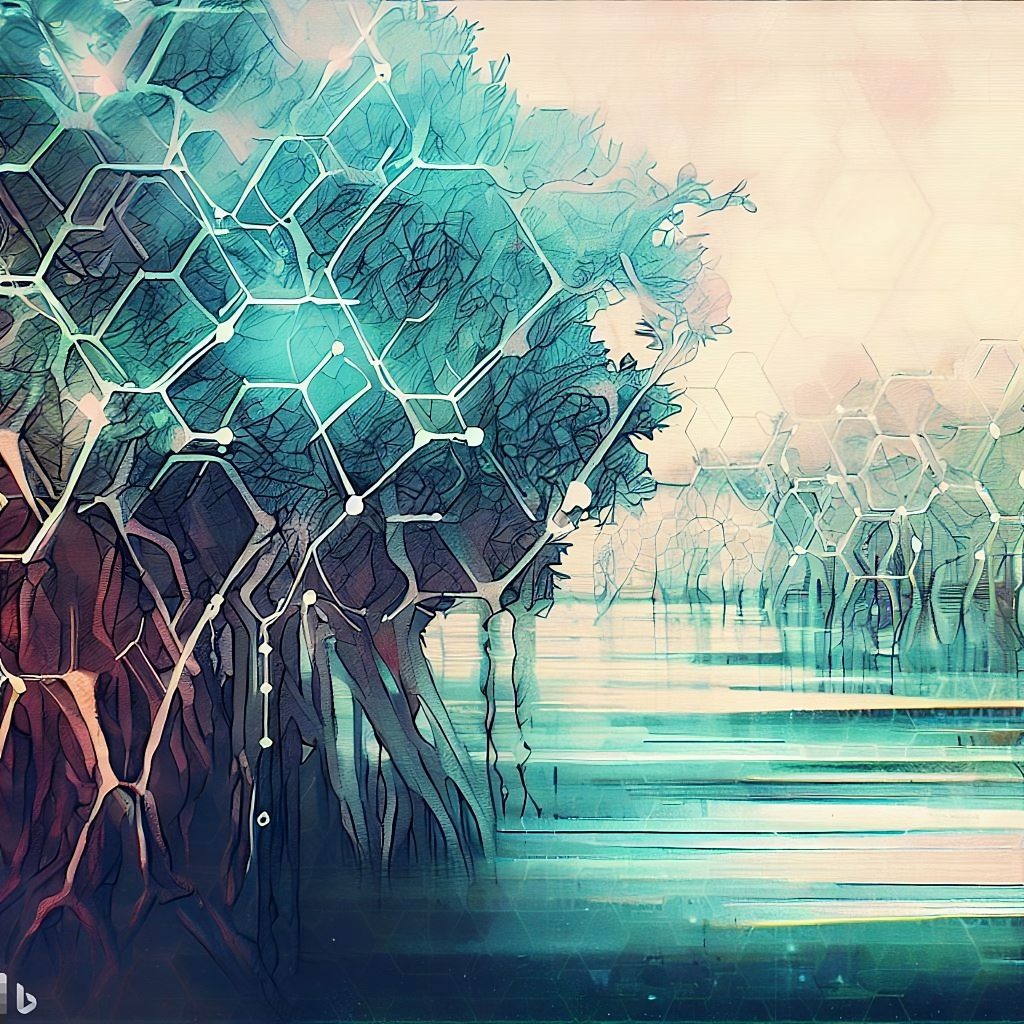In an age where technology profoundly shapes our lifestyle, work, and interactions, it’s heartening to see its powerful arms extending towards protecting our planet’s most vulnerable inhabitants – wildlife. The use of IoT (Internet of Things) devices in wildlife conservation is a testament to how cutting-edge technology is not just about making human lives easier but also about safeguarding those who cannot voice their concerns – our animals. It’s a narrative of hope, innovation, and the relentless spirit of conservationists worldwide, leveraging IoT to make a tangible difference.
Learn about IoT Devices in Wildlife Conservation
- How IoT devices help in tracking, monitoring, predicting poaching, reducing conflict, and understanding animal behavior.
- Challenges faced in implementing IoT devices in wildlife conservation.
- The future and broader impact of IoT devices in wildlife conservation.
IoT in wildlife conservation
1. Tracking and monitoring
Let’s start with a story. Imagine a world where elephants roam free, unthreatened by poachers or habitat loss. This isn’t a utopian dream but a potential reality, thanks to IoT-enabled tracking devices. By attaching GPS collars and sensors to animals, researchers can monitor their movements, health, and even stress levels in real-time. This data is invaluable, offering insights that lead to more effective protection strategies. For instance, tracking can reveal migration patterns that, in turn, help in creating protected corridors, ensuring safe passage for elephants between fragmented habitats.
Insider Tip: Combining GPS data with Geographic Information System (GIS) technology provides a comprehensive view of wildlife movement, enabling conservationists to predict and prevent potential human-animal conflicts.

2. Predicting and preventing poaching
Poaching is a dark cloud over wildlife conservation efforts. However, IoT is proving to be a silver lining. Smart cameras and acoustic sensors deployed in the wild can detect gunshots or unusual activity and alert authorities in real-time. This immediate response capability significantly increases the chances of apprehending poachers and saving animals. Additionally, predictive analytics, powered by AI and machine learning, can analyze data from these IoT devices to forecast poaching hotspots, allowing for preemptive action.
Insider Tip: Drones, equipped with thermal imaging cameras, offer a bird’s eye view of large areas, making them effective for night patrols in poaching-prone regions.
3. Reducing human-wildlife conflict
Human-wildlife conflict is a growing concern, especially as human settlements encroach on natural habitats. Here, IoT offers solutions that promote coexistence. For example, IoT-enabled electric fences can deter animals from entering human settlements, while smart collars on wildlife can send alerts if they approach too closely to populated areas. This technology not only protects human lives and livelihoods but also prevents animals from being killed in retaliation.
Insider Tip: Community engagement is crucial. Technologies like SMS alerts to villagers about the presence of wildlife can foster a proactive approach to preventing conflict.
4. Understanding animal behaviour
At the heart of effective conservation is a deep understanding of animal behavior. IoT devices like bio-loggers provide unprecedented insights into the daily lives of animals. They can monitor heart rate, body temperature, and even social interactions, offering a window into the well-being of species. This data is crucial for developing conservation strategies that align with the natural behaviors and needs of animals, ensuring they thrive in their habitats.
Insider Tip: Behavioral data, when combined with environmental data, can reveal how climate change or habitat degradation impacts wildlife, guiding targeted conservation actions.
IoT in wildlife conservation: the challenges
While IoT holds immense promise, it’s not without its challenges. The deployment of devices in remote or harsh environments poses logistical difficulties. Additionally, ensuring the long-term operation of these devices, given the limited battery life and the need for robust, weather-proof designs, demands ongoing innovation and funding.
Data security is another concern. The sensitive information collected by IoT devices could, if fallen into the wrong hands, be used by poachers to locate and target endangered species. Hence, implementing stringent data protection measures is non-negotiable.
Lastly, there’s the ethical consideration of attaching devices to wild animals. It’s imperative that the welfare of the animals takes precedence, with the deployment of devices done in a way that minimizes stress and harm.
IoT in wildlife conservation: the future
Looking ahead, the potential of IoT in wildlife conservation is boundless. Advancements in technology promise smaller, more efficient devices that could one day provide real-time health diagnostics of animals or even offer immersive, virtual reality experiences that foster a deeper human connection with wildlife. The integration of IoT with other technologies, such as AI and blockchain, could further enhance the effectiveness of conservation efforts, making them more dynamic and responsive to the ever-changing challenges facing our planet’s wildlife.
The future of IoT in wildlife conservation is not just about technological innovation but also about fostering collaboration. It’s about scientists, tech developers, governments, and communities coming together, united by a common goal to protect our natural heritage. As we move forward, it’s this spirit of collaboration, underpinned by the power of IoT, that will continue to light the way in the fight for wildlife conservation.
IoT in wildlife conservation: the big picture
In the grand scheme of things, the role of IoT in wildlife conservation is more than just about saving individual animals; it’s about preserving ecosystems and biodiversity, which are crucial for the health of our planet. It’s a poignant reminder of our interconnectedness with nature and the responsibility we bear towards ensuring its survival.
As someone deeply passionate about both technology and environmental conservation, witnessing the intersection of these fields through IoT gives me hope. It’s a powerful example of how human ingenuity can be harnessed for the greater good, turning the tide in favor of a more sustainable and compassionate world.
In conclusion, the journey of IoT in wildlife conservation is an ongoing saga of challenges, innovations, and triumphs. It’s a narrative that we all are a part of, directly or indirectly. By supporting conservation efforts, staying informed about the advancements in technology, and advocating for the responsible use of IoT, we can all contribute to this noble cause. After all, in the fight to protect our wildlife, every action counts.
For further reading on how technology is being used to conserve biodiversity, check out our articles on Internet of Things for Environmental Monitoring, Camera Traps for Environmental Monitoring, and Drones and AI for Environmental Monitoring.
FAQs
Who uses IoT devices in wildlife conservation?
Researchers, conservationists, and park rangers utilize IoT devices.
What are IoT devices in wildlife conservation?
They are sensors and trackers that collect data on animals and habitats.
How do IoT devices help in environmental data analytics?
They provide real-time data for monitoring wildlife behavior and habitat conditions.
Why invest in IoT devices for wildlife conservation?
IoT devices enable precise data collection for informed conservation decisions.
Who funds the implementation of IoT devices in conservation?
This can be funded by grants, non-profit organizations, and research institutions.
How can IoT devices address privacy concerns in wildlife conservation?
Data encryption and strict access protocols ensure privacy protection.
Next Steps
Round Table Environmental Informatics (RTEI) is a consulting firm that helps our clients to leverage digital technologies for environmental analytics. We offer free consultations to discuss how we at RTEI can help you.


